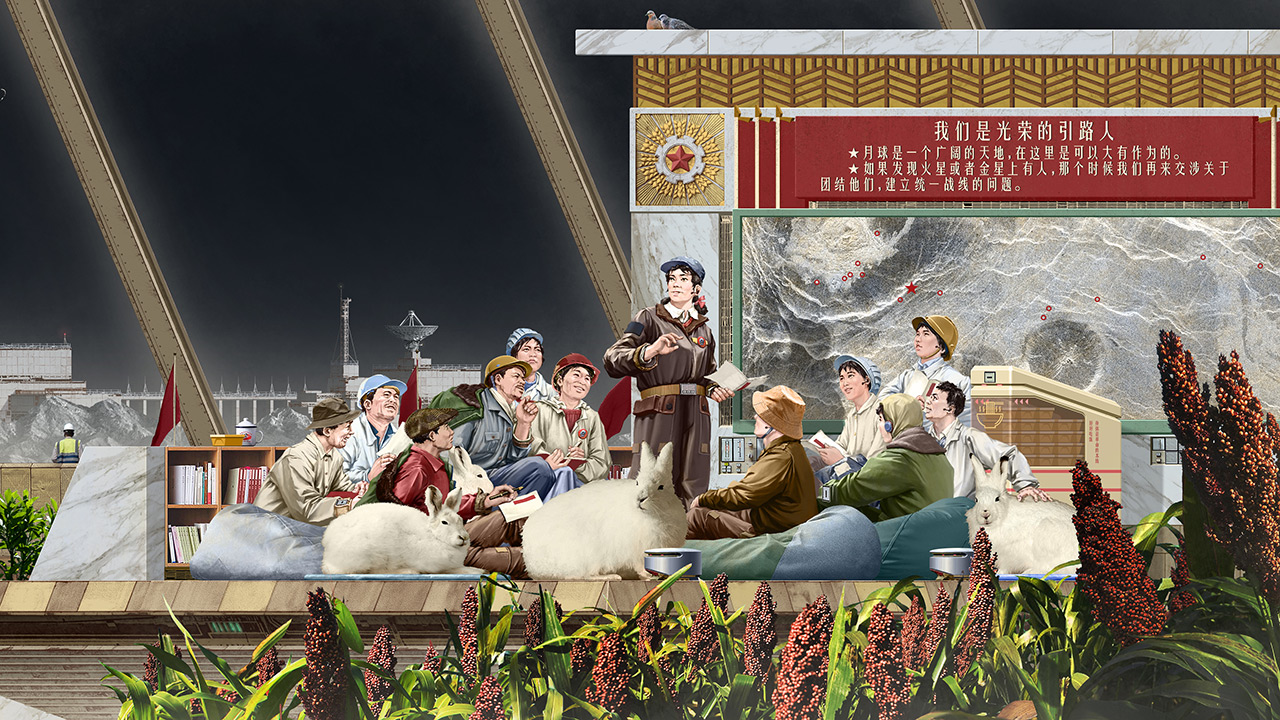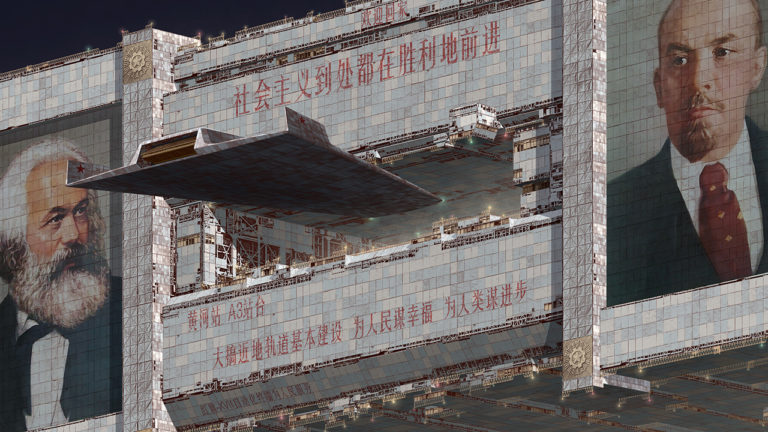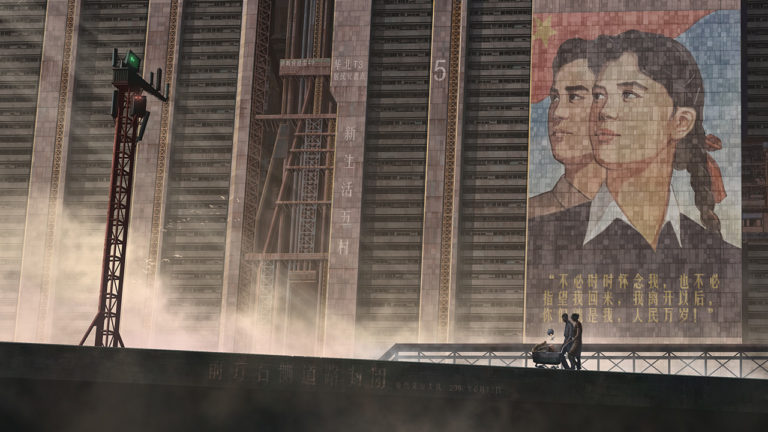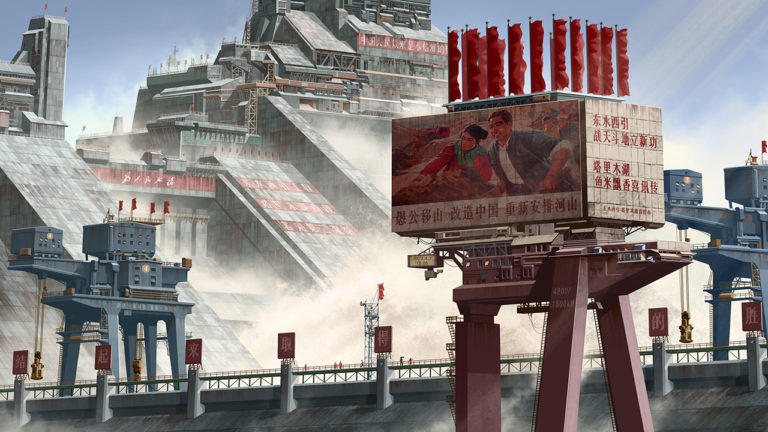China’s Path from Extreme Poverty to Socialist Modernisation
The second issue of the international edition of Wenhua Zongheng (文化纵横) assesses the current state and future direction of China’s socialist project, in the context of its complex historical development. The issue features three articles that closely examine China’s contemporary battle against poverty and its place within the country’s decades-long pursuit of modernisation.

In this Issue

Editorial
Socialism Is a Historical Process
In China, the history of industrialisation has been and remains inseparable from the building of socialism. The initiation of reform and opening up in 1978 re-introduced private capital and market forces into the country, and integrated China into the international economic system. Since then, China has made incredible economic gains and accounted for over 70 percent of the global reduction in poverty. How should we understand this remarkable achievement, and to which processes and actors should we give due credit?

Socialism 3.0: The Practice and Prospects of Socialism in China
Discussions on socialism and its potential future forms, must place socialism in the context of existing historical processes, in the context of industrialised mass production, and analyse the complex interaction between the ideal of equality and the material realities of production. China’s socialist project has passed through two phases, under Mao Zedong and Deng Xiaoping; today, it must construct a ‘Socialism 3.0’ that builds upon the previous eras and addresses their shortcomings, by advancing working-class interests and combating inequality.

The Battle Against Poverty: An Alternative Revolutionary Practice in China’s Post-Revolutionary Era
The end of an era of radical revolution does not mean that revolution becomes relegated to memory. As globalisation continues to expand, countries governed by revolutionary parties face the challenge of completing unfinished revolutionary missions. Since 2012, the Communist Party of China has elevated poverty alleviation to a central task for the whole party and society, as part of its efforts to revitalise revolutionary practice and symbolism in the post-revolutionary era.

How Targeted Poverty Alleviation Has Changed the Structure of Rural Governance in China
Unlike the Chinese government’s conventional poverty alleviation efforts, the targeted poverty alleviation program has exhibited the distinct characteristics of campaign-style governance. From the central to local governments, massive amounts of human and material resources have been mobilised and a number of exceptional measures have been implemented. Due to the success of targeted poverty alleviation in addressing weaknesses in rural governance and achieving its objectives, the campaign has the potential to effect long-term changes through institutionalisation of its practices and methodologies.
